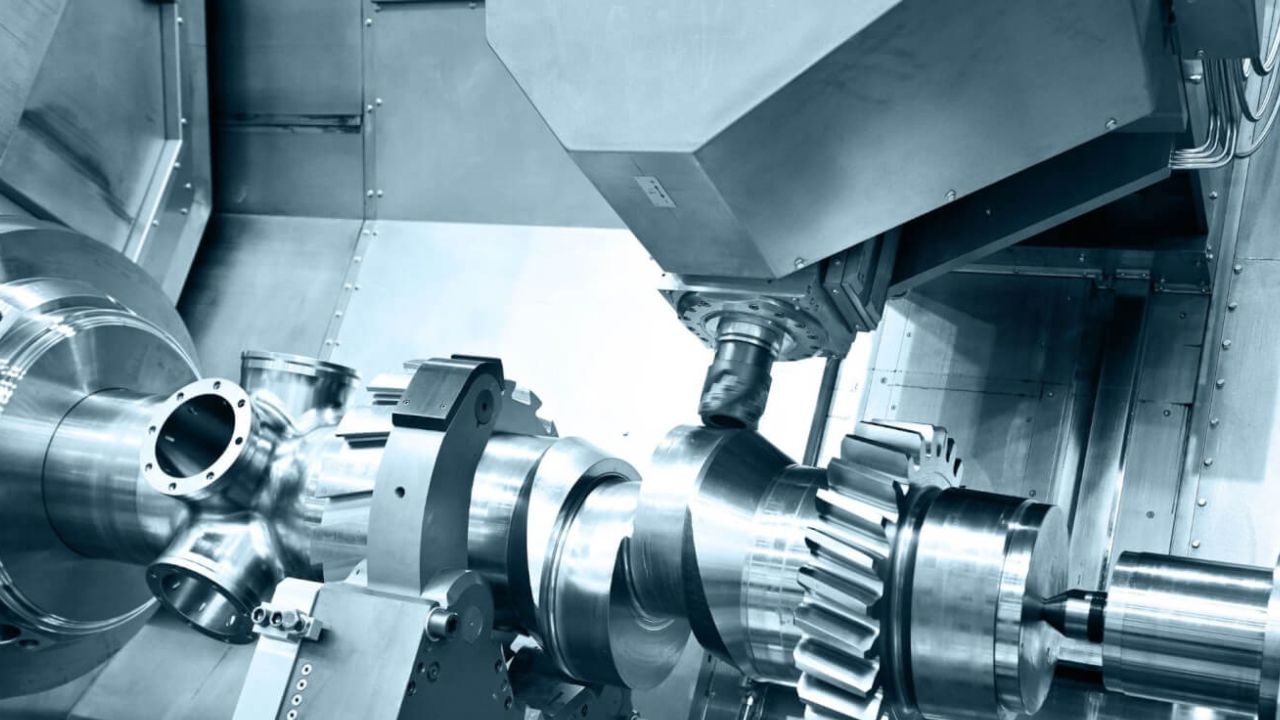Numerical control machining, or CNC machining for short, is a state-of-the-art manufacturing technique that creates complex parts and components from a variety of materials using precision machinery and computer commands. Although very flexible, CNC machining has many drawbacks.
When weighed against alternative manufacturing techniques like injection molding, it might not be the most economical option for really large-scale enterprises. It can also be difficult to machine materials that are very soft or brittle, necessitating specific methods and equipment. Businesses are always looking for methods to increase productivity, cut expenses, and improve product quality in today's cutthroat manufacturing environment.
Outsourcing CNC (computer numerical control) machining services is one approach that has become increasingly popular. This article has detailed information about How Use CNC Machining. Using computer-controlled machinery to create intricate and accurate pieces out of a variety of materials is known as CNC machining. To get the desired results, however, choosing the appropriate CNC machining service provider is essential.
Process of Using A CNC Machine
The whole process of using the CNC machine is listed below:
Design and Planning
The process of CNC machining starts with a carefully considered design. Engineers and designers use complex Computer-Aided design (CAD) tools to produce intricate 3D models. These models, which provide every curve, measurement, and minute detail of the finished product, act as digital blueprints. During the design phase, variables like surface finishes, tolerances, and material selection set the foundation for a successful CNC machining process.
CAM Programming
Computer-aided manufacturing (CAM) software is used once the 3D model is complete. The process of CAM programming includes determining the proper cutting tool selection, setting feeds and speeds, and optimizing toolpaths for maximum productivity. Proficiency in CAM programming is crucial for ensuring maximum efficiency in the CNC machining process by minimizing waste and maximizing tool utilization.
Machine Setup
The CNC machine must be carefully set up for the machining operation. It entails employing clamps or fittings to fasten the raw material—typically a metal or plastic billet—to the machine's worktable. For stability and to avoid vibrations during milling, proper alignment and fixing are essential. Important steps in the setup procedure also include loading the proper cutting tools into the machine's tool magazine and establishing the machine's initial tool offsets.
Tool Selection
For any CNC machining process to be successful, choosing the appropriate cutting tools is essential. Many factors, including the type of material, cutting speed, depth of cut, and required surface polish, affect the choice of tool. Common cutting tool types used in CNC machining include end mills, drills, taps, and reamers. Popular tool materials include high-speed steel and carbide, each of which has special benefits depending on the use.
Machining Operation
The CNC machine activates once the setup is finished and the necessary tools are placed. By interpreting the preset instructions, the machine's computerized controls direct the cutting tools along the predetermined toolpaths. The cutting tools precisely remove layers of material as they come into contact with them. To dissipate heat, lower friction, and aid in chip evacuation, coolant or lubricant is frequently added during the milling process.
Ensuring Precision and Accuracy
An essential component of CNC machining is quality control. The produced parts are put through a rigorous inspection procedure using measurement tools like micrometers, calipers, and coordinate measuring machines (CMMs) after they have been machined. By checking dimensions, tolerances, and surface finishes, these measurements ensure that the pieces fulfill the necessary specifications.
Surface Finishing
Surface finishing and post-processing methods are used on the machined parts, depending on the intended use and aesthetics. The act of deburring, which involves eliminating burrs and sharp edges, improves functionality and safety. Polishing, anodizing, painting, and coating are examples of surface finishing procedures that enhance the appearance and add further defense against wear and corrosion.
Continuous Improvement and Innovation
The field of CNC machining is always changing as new developments push the boundaries of what is conceivable. CNC machining processes are becoming more complicated, fast, and precise because of advancements in machine technology, cutting tool materials, and software. Continuous improvement programs optimize production workflows, cut waste, and boost overall efficiency.
Sum Up
Technical know-how, inventiveness, and painstaking attention to detail are all necessary for learning the craft of CNC machining. The CNC machining process requires ability, precision, and a drive for perfection at every stage, from the initial design concept to the finished product. CNC machining, with its foundation in precision and dedication to constant progress, is a monument to human ingenuity, turning concepts into reality with unmatched accuracy and artistry.


